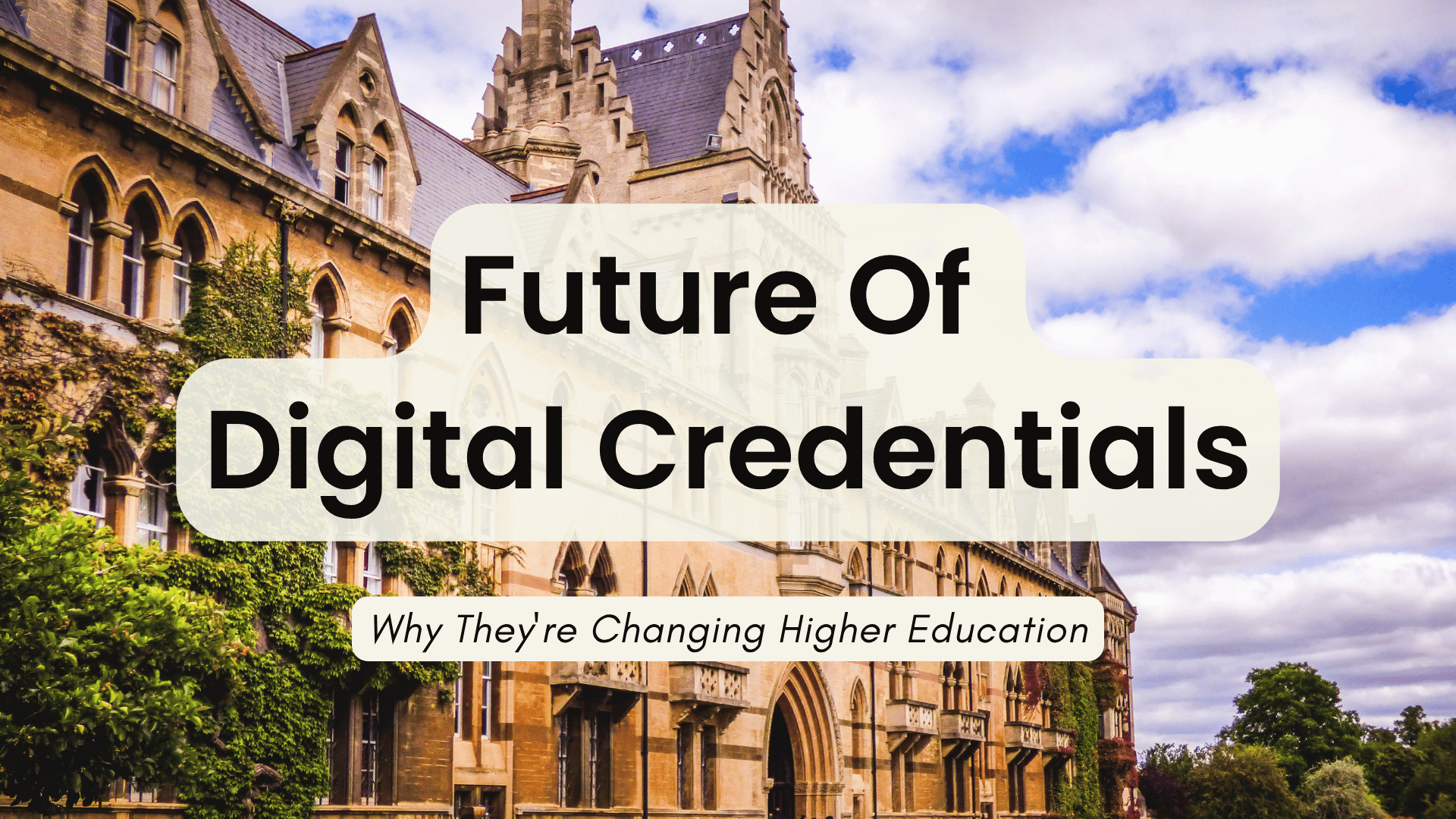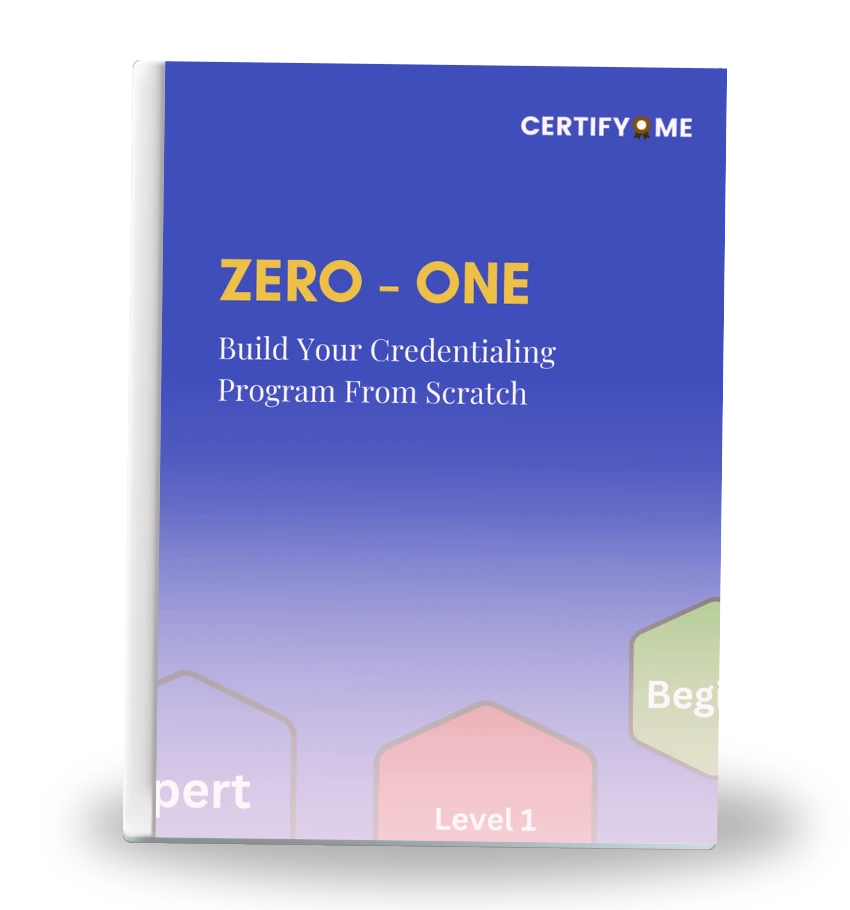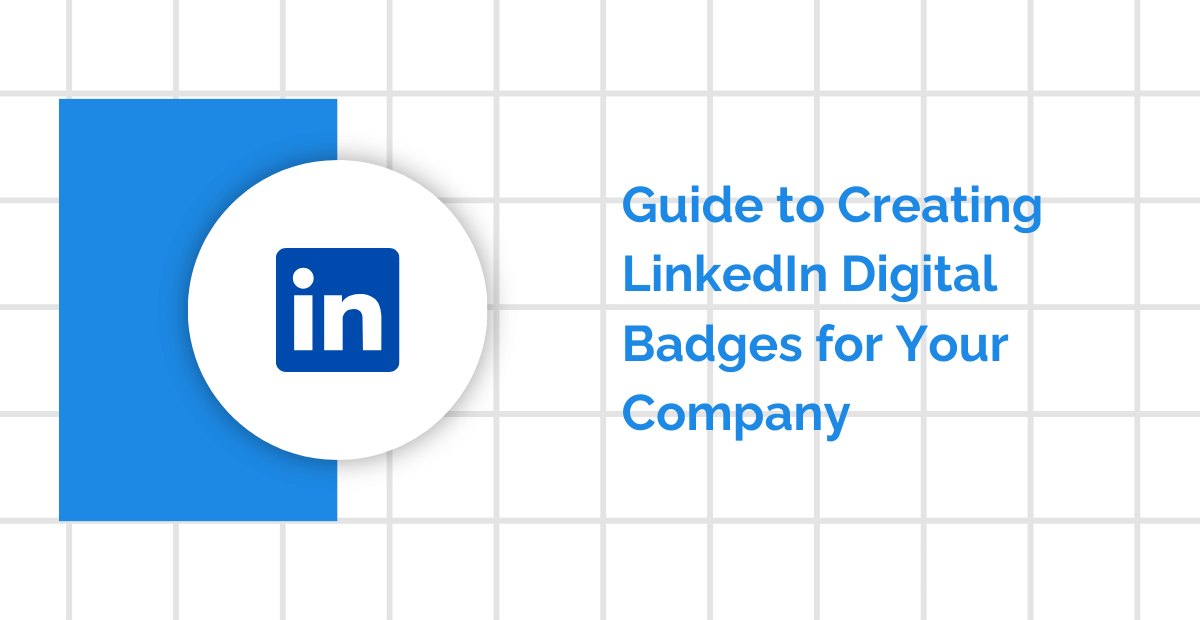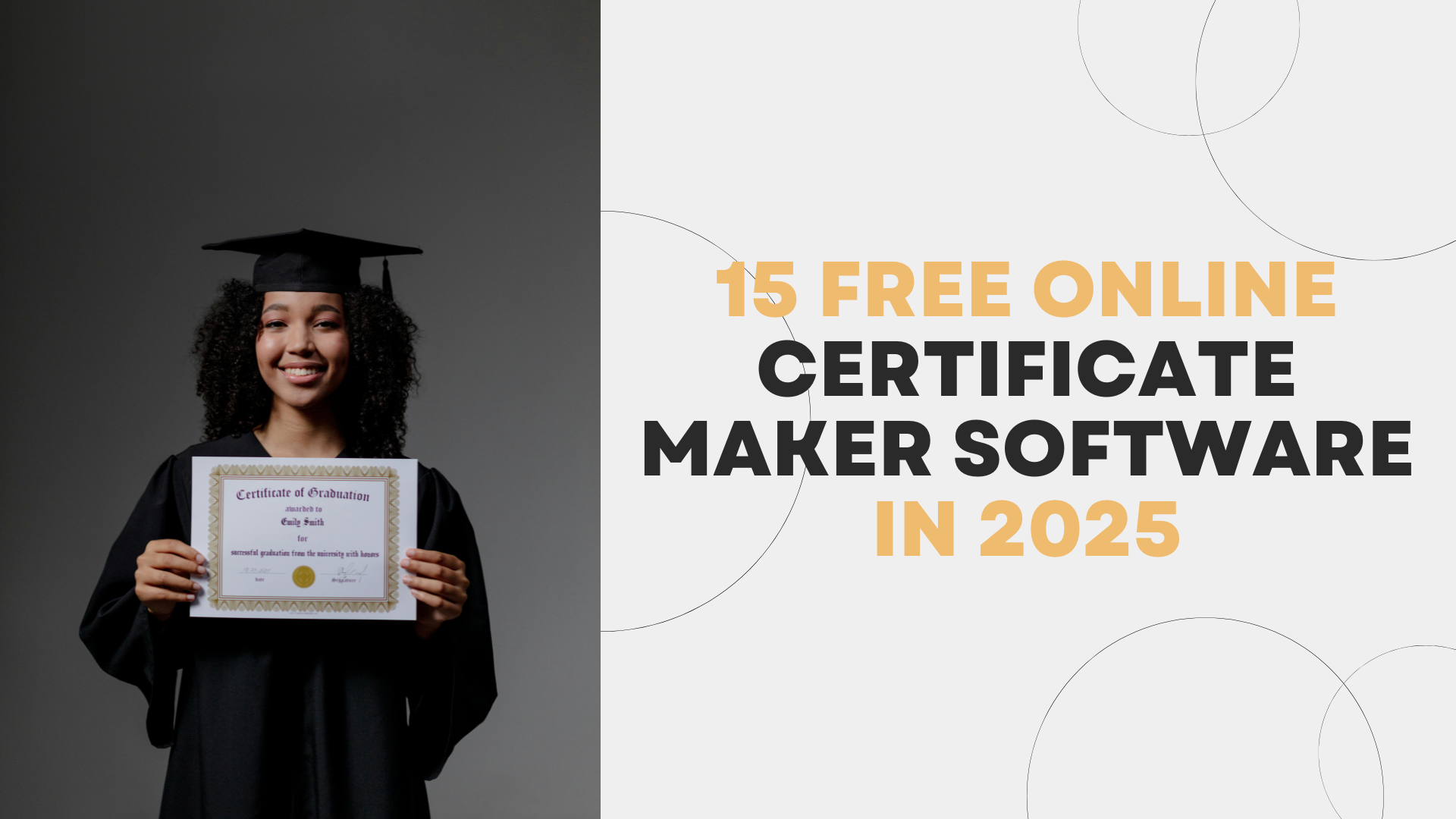Remember when getting a certificate meant a printed sheet with a shiny gold seal? You’d frame it, hang it on the wall, and maybe take a photo for your Instagram story. That was it. It just sat there—quietly proving you did something once.
Now imagine this: What if your certificate could speak? What if it could show exactly what you learned, how long it took, who issued it, and even link to real examples of your work? Better yet—what if employers could verify all that in one click?
That’s where digital credentials come in.
Whether you’re a university student building your resume or part of the registrar’s office wondering how to make records easier to manage—this is a topic worth your time. So, let’s take a walk through it. No jargon. No buzzwords. Just the simple truth about a quiet shift that’s already underway.
What Are Digital Credentials, Really?
Let’s start with the basics. A digital credential is just what it sounds like: a digital form of proof that you’ve learned or achieved something. Think of it as the online version of a diploma or a certificate—except a lot smarter.
There are two types you’ll hear about most often:
-
Digital badges – These are like mini-certificates. You earn them for specific skills or short-term programs. Say you completed a workshop on Excel or led a campus event? You might earn a badge for that.
-
Digital certificates – These are more traditional and cover larger achievements. You might get one after finishing a degree, an online course, or a certification program.
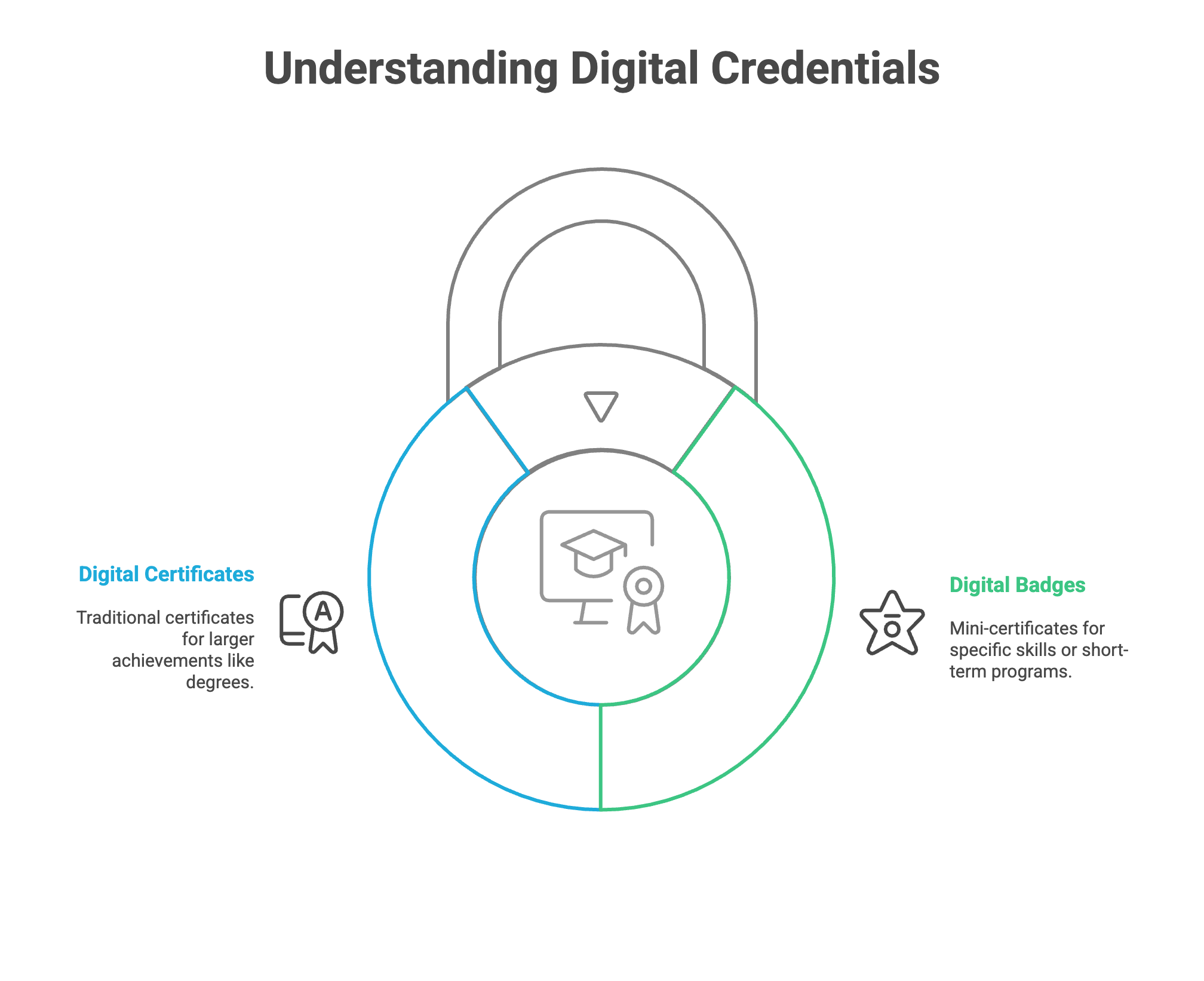
Now, how are they different from paper credentials?
“A paper diploma is like a passport—it shows you’ve been somewhere, but not exactly what you did there. A digital credential is like your travel blog—it lists where you went, what you did, when you did it, and shows photos along the way.”
And unlike paper, digital credentials are:
-
Verifiable
-
Shareable online
-
Backed by metadata (meaningful information)
So, they don’t just show that you learned—they prove it.
To get a deeper look at what counts as a digital credential and how they’re structured, check out this overview on what a digital credential is.
Why They’re Catching On—Fast
So, why are these things popping up everywhere—from major universities to job boards?
Let’s look at it from a few angles:
For Students
-
You can share your credentials online, with just a link.
-
They’re perfect for LinkedIn profiles, digital portfolios, and job applications.
-
They let you show off specific skills. Not just “B.A. in Sociology” but “Data Analysis,” “Research Methods,” “Public Policy Writing.”
For University Staff
-
No more paper-based verification requests. Digital credentials can be verified instantly.
-
They help reduce fraud. You’d be surprised how many fake diplomas float around.
-
They allow for micro-credentials, giving students recognition even for short programs, workshops, or co-curriculars.
For Employers
-
A resume might say “skilled in Excel,” but a digital badge proves it.
-
They can validate skills without calling your registrar or HR.
-
They get a clearer picture of what you can actually do—not just what degree you earned.

A quick story:
Let’s say you’re applying for a marketing internship. Along with your resume, you add a badge that links to your completed Google Ads certification and a final project you submitted. The employer clicks on it, sees the work, and knows you’re the real deal—without even picking up the phone.
That’s the power of verification and visibility, combined.
Many edtech platforms are already leveraging these credentials to boost learner engagement. Here’s how digital credentials are fueling edtech growth in real-world education settings.
Traditional Diplomas vs. Digital Credentials
Let’s be honest—traditional diplomas have done their job for a long time. You graduate, you get a thick piece of paper with your name on it, and you hang it up or tuck it away for safekeeping.
But here’s the thing: that paper isn’t exactly built for today’s fast-moving, tech-driven world. It’s static, hard to share, and offers very little detail about what you’ve actually learned.
A diploma says you completed a program. But it doesn’t show the full picture. It doesn’t highlight the coding bootcamp you aced over summer break. Or the leadership course you completed online. Or that research project you spent months on.
In short, a diploma tells the what—not the how, when, or why. Employers today are asking, “What skills do you really have, and how can you prove them?” A diploma alone struggles to answer that.
That’s where digital credentials come in. Think of them like mini, portable proofs of skill. They can show a specific achievement—like finishing a course, earning a certification, or mastering a tool.
You can explore additional insights and case studies from EDUCAUSE on digital credentials in higher education.
And unlike a traditional diploma, these credentials are verifiable. Employers can click a link and see who issued it, when it was earned, and what it actually means. No guesswork, no exaggeration.
Here’s a quick comparison to paint the picture:
| Feature | Traditional Diploma | Digital Credential |
|---|---|---|
| Format | Physical paper | Online, portable |
| Shareability | Hard to share | Easy to share (links, QR) |
| Verifiability | Requires manual checks | Instant, secure verification |
| Skill Details | Very general | Specific and detailed |
| Updates Over Time | Fixed after graduation | Can be earned continuously |
It’s not that diplomas are outdated. They still serve a purpose—especially for major milestones like degrees. But digital credentials fill the gaps. They work alongside diplomas, giving students a way to show their journey in real time.
Trusted services like WES help institutions and employers verify credentials across borders.
Think of it as moving from a single snapshot… to a full photo album.
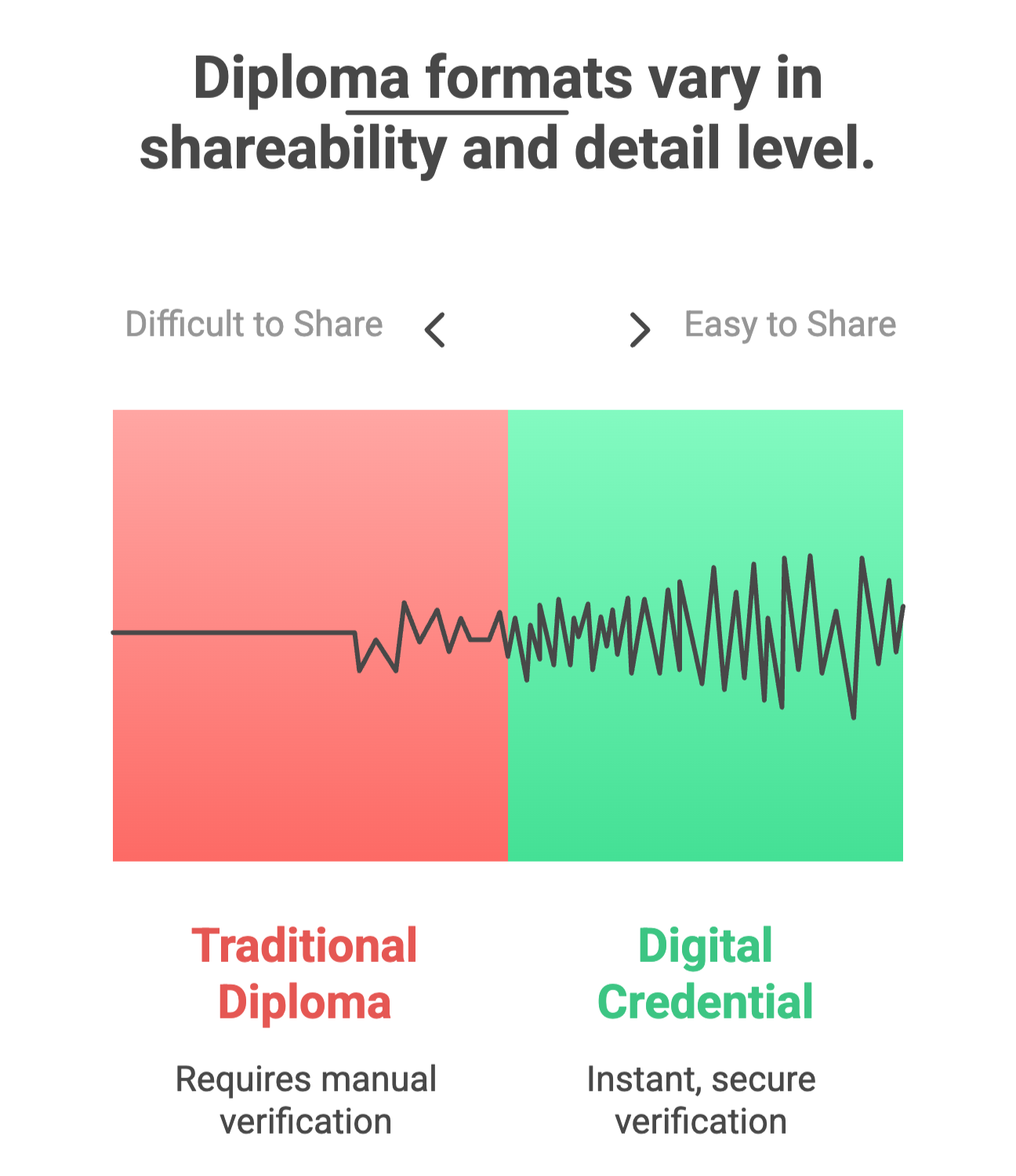
For universities, this shift is huge too. Instead of waiting until the end of a program to recognize students, staff can award digital badges or certificates as learning happens. That could mean acknowledging leadership in a student club, participation in a community project, or skills gained in an elective. It turns the academic record into something alive—something students can use right now, not just years later.
And in a world where skills are constantly evolving, that kind of flexibility isn’t just nice to have—it’s necessary.
A diploma is like the front cover of a book. Digital credentials are the table of contents—and sometimes even a sample chapter.
They tell the story within your education, not just the title.
How Universities Are Adopting Them
Now, you might wonder—is this just a tech trend, or are schools really doing this?
They are. And it’s growing.
Many universities in the U.S. have started issuing digital credentials for things like:
-
First-year orientation completion
-
Internships and externships
-
Leadership training
-
Career development workshops
-
Honors or club participation
The Registrar’s Role
If you’re working in the registrar’s office, digital credentials can actually make your job easier:
-
Instead of issuing paper documents one by one, you can use platforms that send credentials digitally and securely.
-
Need to verify that someone attended a summer program 3 years ago? Click. Done.
-
Want to offer micro-credentials for co-curricular programs? It’s manageable now.
It’s not just about going paperless. It’s about meeting students where they already are—online.
Curious how this fits into your existing system? A digital credential management platform can automate much of the process while keeping things secure and scalable.
How Students Can Use Them (Without Even Trying Too Hard)
You don’t need a degree in computer science to start using digital credentials. In fact, most platforms do the hard work for you.
Here are easy ways students can use them:
-
Add badges to LinkedIn → Most badge platforms integrate directly
-
Include credentials in your resume → Use a hyperlink or QR code
-
Build an online portfolio → Group your badges by skills or topics
-
Send them with grad school applications → Great for showing extra coursework
-
Share on social media → Employers do check your public profiles
Tip:
You don’t need 50 badges. Just collect the ones that really tell your story.
If you’re a Biology major, having badges for “Data Science,” “Public Speaking,” and “Lab Safety” paints a fuller picture than a degree title ever could.
Challenges and What to Keep in Mind
Now, digital credentials sound great—and they really are—but let’s not skip over the bumps in the road. Like anything new, they come with a few challenges. It’s not just plug-and-play. There’s tech, trust, and timing to think about.
-
First up: awareness. A lot of people still don’t know what digital credentials actually are. Students may think they’re just fancy stickers. Employers might wonder if they’re legit. So, a big part of the work is helping everyone understand: These credentials aren’t fluff—they’re real, trackable, and skill-specific.
-
Second: consistency. Right now, different schools, platforms, and companies use different formats and standards. One badge might list competencies in detail, while another just shows a course title. That makes it tricky for employers to compare or fully trust them. Think of it like everyone writing resumes in different languages—hard to judge fairly.
-
Third: privacy and control. Who owns the credential? Who gets to see it? How is the data stored and shared? Students need to feel confident that their information won’t be misused. Universities also need tools that are secure, compliant, and transparent. It’s not just about tech—it’s about trust.
And then there’s the tech setup itself. Implementing a digital credentialing system takes time and coordination. Schools need to integrate it with their learning platforms, train staff, and set clear rules for issuing badges or certificates. For smaller institutions, that might sound overwhelming. But the truth is, with the right partner, the process doesn’t have to be painful—it just needs to be planned.
Still unsure if digital records are trustworthy? Here’s a closer look at the advantages of using verifiable digital records in higher education and beyond.
Here are a few things to keep in mind before jumping in:
-
Start small. Pilot with a few programs or departments.
-
Be clear. Define what each badge or certificate represents.
-
Educate your audience. Students, faculty, and employers all need to understand the value.
-
Think long-term. Choose tools and systems that can grow with your institution.
-
Center the student. The goal is to support learners, not overwhelm them.
Yes, digital credentials take effort to get right. But once the system is in place, the payoff is real. Students get more agency, staff get more efficiency, and employers get clearer signals. Everyone wins—as long as we move forward with thoughtfulness, not just excitement.
What’s Next for Higher Ed?
We’re at an interesting crossroads. The world of education is changing—fast.
Employers are beginning to care more about skills than just degrees. Students want flexible, stackable learning. Universities are under pressure to offer more than traditional transcripts.
-
Stackable learning pathways → Students might collect credentials from different places and combine them into one clear record.
-
More granular recognition → Instead of waiting 4 years for a diploma, students can earn and share badges throughout the journey.
-
Credential wallets → Students can store all their credentials in one digital space, like an app or secure cloud folder.
This isn’t about replacing college. It’s about enhancing it. Making learning visible, shareable, and useful in the real world.
Let’s bring it home.
Digital credentials aren’t a fad or a flashy trend. They’re a practical response to how we live and work today.
For students, they offer a way to showcase skills—clearly and quickly. For university staff, they simplify recordkeeping and improve transparency. For employers, they provide a trusted way to see what a candidate can actually do.
So whether you’re sitting in a lecture hall or behind an admin desk, here’s the truth:
This shift is already happening. Quietly. Steadily. Badge by badge, certificate by certificate.
Don’t get left behind. Because when credentials move forward, the people who hold them do too.
Final Checklist: How to Get Started with Digital Credentials
-
Students: Check if your school offers badges or certificates for extracurriculars, internships, or projects.
-
Staff: Talk with IT and registrar teams about platforms like Credly, Badgr, or Parchment.
-
Everyone: Think of credentials not just as what you’ve done—but what others should know about you.
So here’s the bottom line: Digital credentials aren’t here to replace your degree—they’re here to help it speak louder. They give context to your learning, fill in the blanks that a transcript can’t, and make sure your skills aren’t just seen, but understood.
Whether you’re managing records or updating your resume, these tools can make the invisible… visible. And honestly, in a world where everyone’s trying to stand out, that visibility matters.
If you’re a student, think of digital credentials as breadcrumbs on your path—small markers that show where you’ve been and what you’ve picked up along the way. And if you work in higher ed, especially in the registrar’s office, these credentials can cut down your admin load while giving students more control over their records.
It’s not about doing more work—it’s about working smarter. At the end of the day, the goal is the same: make learning count, make it stick, and make it easy to share.
If you’re curious about how to bring this to life, CertifyMe might be worth a look. They help institutions issue secure, verifiable credentials that are easy to manage and even easier for students to use. No fluff—just a practical way to modernize how you recognize and track learning.
Want to see how it works? Book a quick demo and check it out for yourself.

 Author :
Author : 